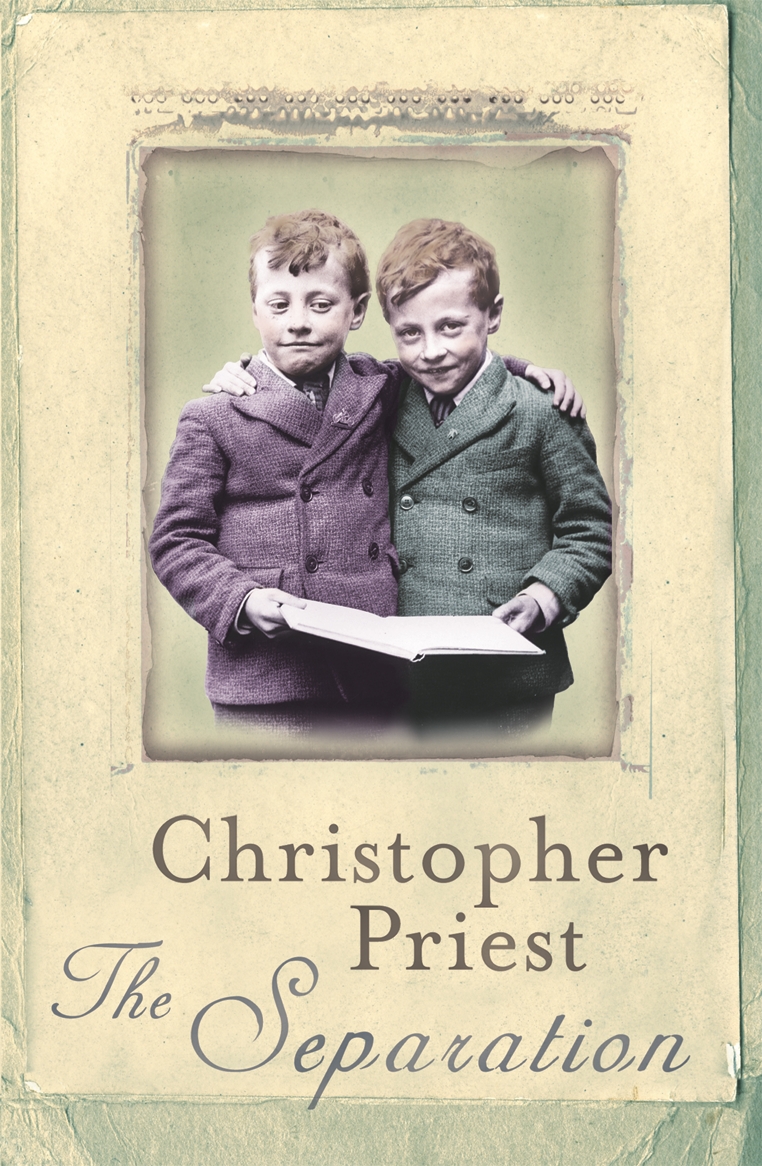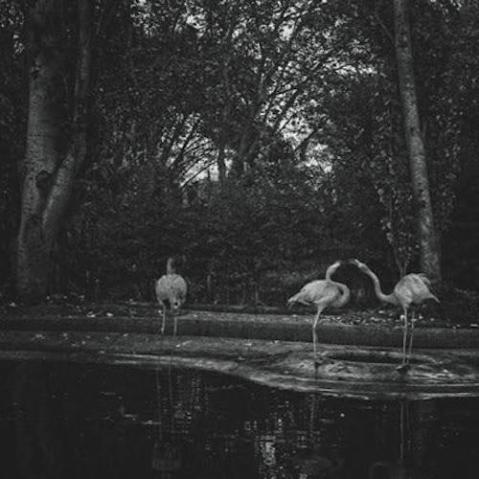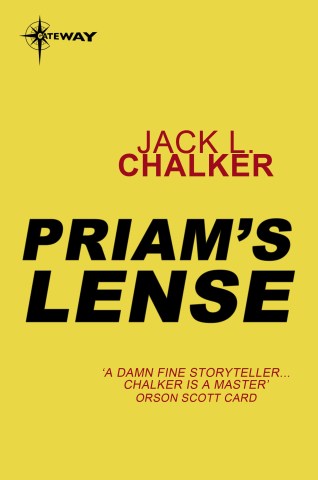Where to position your focal point

Because improving your photography means learning how to control certain settings to get your desired results more consistently, many people work on mastering a shallow depth of field.
 This image was about capturing the scale of these small flowers to express a tender vulnerability. Using a shallow depth of field so that the only thing in focus was the flowers and the space around them allowed for the inclusion of a lot of negative space in the bottom of the frame without it taking away from the subject.
This image was about capturing the scale of these small flowers to express a tender vulnerability. Using a shallow depth of field so that the only thing in focus was the flowers and the space around them allowed for the inclusion of a lot of negative space in the bottom of the frame without it taking away from the subject.
Achieving a shallow depth-of-field is accomplished through the use of a larger aperture (smaller ƒ-stop number) in your lens. However, a shallow depth-of-field isn’t the only means to place the emphasis on your focal point.
Move away from the centre
When making your choice of where to put your focus, remember that your focal point does not have to be in the centre of your frame for every shot. This is one of the most misunderstood ideas for beginning photographers. Because we are often introduced to photography through point-and-shoot cameras, we think that once we point and focus, we have to shoot as we see it, as it is. But you have so much more creative freedom than that.
Focus and recompose
When you point your camera at your subject and you press your shutter button halfway down, you lock the focus on your subject. Keeping your finger on the shutter in the locked focus, you can then make adjustments as to how you choose to frame your subject. After you have ‘recomposed’ your shot, you can then press the shutter the rest of the way down to take the photo. Here’s what is great about this: almost every kind of camera has this focal lock ability, even point-and-shoots. Be prepared to have a whole new open world up to you. The sky’s the limit!
Composition questions
If you already know this trick, then your challenge is to be more mindful of where you choose to put your focus. Ask yourself these questions: What is most important in this shot? What story am I trying to tell by using selective focus? Does the choice make the overall shot confusing or clear? Muddled or amazing?
Practice makes perfect
Getting the focus to work for you, to bring to light exactly what compelled you to take the shot in the first place, will provide you with both better images and creative satisfaction. This is much easier to experiment with when you’re shooting a flower on a windowsill than when you’re trying to capture a child in motion. The message stays the same; you just have to be quicker on the creative draw. It takes some time to get good at this, but so does everything worthwhile.
In Elevate the Everyday, Tracey Clark shows how each day of our lives is full of potential for great photography. Focusing on the moments that are most precious to us, she offers a host of inspirational ideas enabling the reader’s photographic achievements to grow, turning the incidents in a family’s life – arrivals, departures, childhood, and parties – into beautiful, captivating images that will stand the test of time. Most of all, learn to turn the ordinary and everyday into the extraordinary with this unique guide to picturing motherhood.
 Elevate the Everyday by Tracey Clark
Elevate the Everyday by Tracey Clark
£6.99, Download the PDF now!
This PDF version retains the styling of the original print book.
RRP for print edition: £17.99






